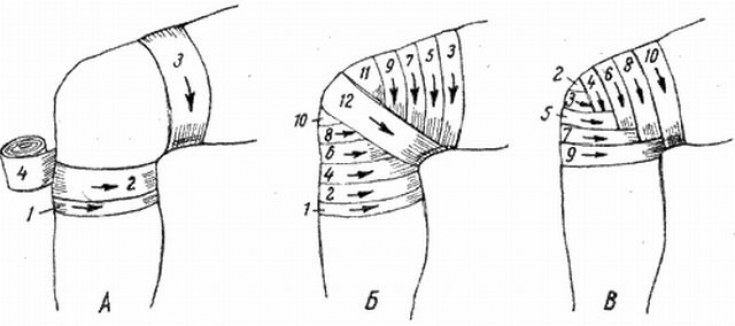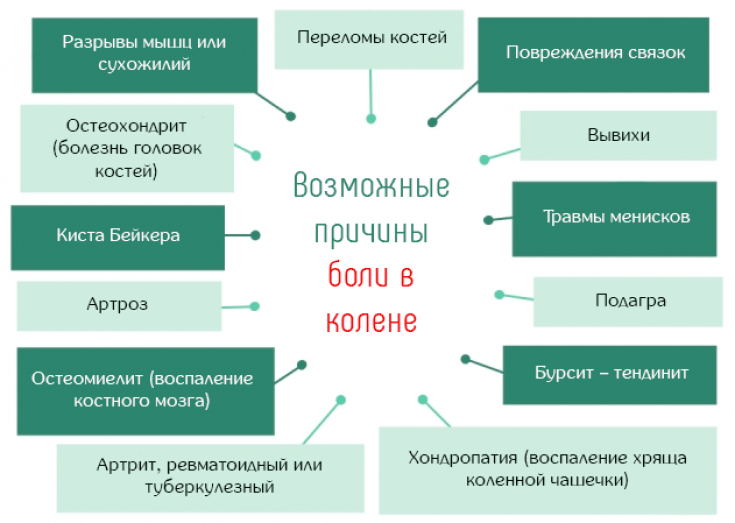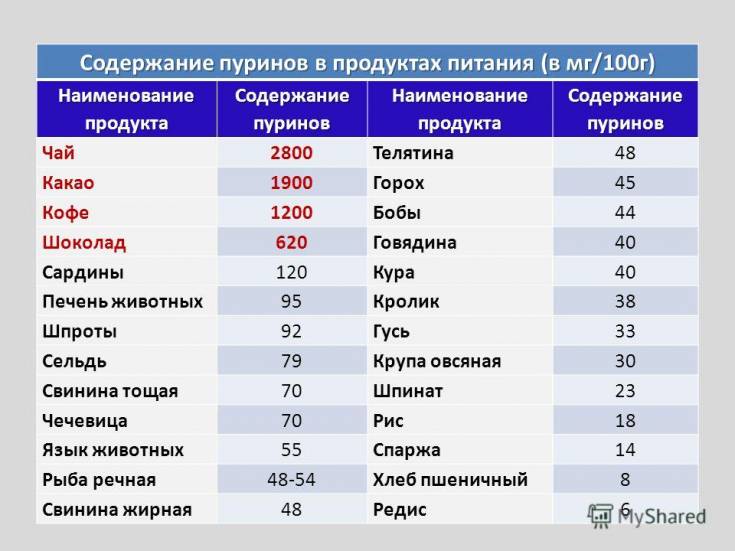Ask any traumatologist or orthopedist what joints they most often have to treat, and in you will hear: "knee". The reason why this particular joint suffers most often is its complex structure and high loads — high risk combination.
But if your knee hurts a lot, you don don't want to deal with its structure: the only desire — quickly eliminate the pain and not to allow it to return. And a special "charter" will help you with this, including the basic rules for the treatment of joint pain.
Severe knee pain after injury: first aid measures
Knee injury — the most common cause of severe and acute pain that occurs directly at the moment of damage to the ligaments (and there are four of them in the knee) or cartilage structures (menisci). The patient himself can also diagnose this condition, since the occurrence of pain is directly related in time to a fall, an unsuccessful jump or another event.
If an injury is suspected, a number of actions should be immediately taken to prevent complications and relieve pain:
-
Limit the movement of the knee. Usually, when an injury occurs, the body itself restricts movement, causing severe pain in the injured joint, which forces you to take care of it. But with significant injuries with rupture of the ligaments, the leg in the knee joint may begin to "dangle"; no matter how much you avoid movement, and this requires fixing it with the so-called turtle bandage”. To do this, the knee should be in a natural half-bent position, and apply a bandage (regular, non-elastic!) in the following sequence.

Remember that the bandage should not squeeze soft tissue — it only impedes the movement of the leg in the knee joint.
-
Apply ice to a joint. This can be a bottle of chilled water, a bag of frozen vegetables, or ice wrapped in a lightweight cloth. This action will reduce the formation of edema and reduce intra-articular bleeding, which often develops when ligaments are torn.
Remember that applying ice directly to the skin is prohibited! -
Take a pain reliever that you usually use for a headache or toothache. Be sure to check the instructions for do not mention contraindications associated with the risk of bleeding. This is especially true for NSAIDs, many of which reduce blood clotting, which can increase possible intra-articular bleeding.
And, of course, after giving first aid, immediately consult a doctor: the earlier treatment is started, the lower the likelihood of improper fusion of the ligaments or menisci.
Read also: Child knees hurt: causes and first aid

Pain in knee due to chronic diseases of the joint
For diseases such as arthrosis, osteoarthritis, tendonitis, bursitis and others, the alternation of relatively calm periods with episodes of exacerbation of pain is characteristic. As a rule, in case of relapses, you will already have medicines prescribed by your doctor that relieve pain. But the frequency of exacerbations can be significantly reduced if you follow these recommendations:
-
Wear orthopedic shoes or insoles.The knees account for the majority of the stress of walking, but this can lessen with the help of orthopedic aids that help the arch of the foot "extinguish" pushes and blows transmitted to the knee with every step. Also, it will not be superfluous to consult an orthopedist who will evaluate the functions of the foot: few people know that diseases of the knee and hip joints — this is a complication of flat feet.
Read also: Joints crunch all over the body: what causes and what to do
-
In periods of remission, be sure to do exercise therapy — a set of exercises selected by a doctor or physiotherapy instructor helps to improve the blood supply to all structures of the knee joint. It is especially useful to do this if you are taking preparations of hyaluronic acid, chondroitin, glucosamine and other substances that contribute to the restoration of knee joint tissues. It is in combination with exercise therapy that they have the maximum expected effect, since they more actively enter the destination area.
-
Use special bandages. These devices help to reduce the load on the diseased joint and give it the most physiological state in which all joint structures are in the correct position. This significantly relieves pain, eliminates swelling and slows down other pathological processes.
-
Adjust your diet. Minimize your intake of high-purine foods. These substances contribute to an increase in the concentration of uric acid in the tissues of the body and the formation of "hydrochloric" osteophytes on the inner surfaces of the joints.

Naturally, the listed methods of pain relief should be used in complex with doctor's prescriptions, since it is important not only to eliminate the actual pain, but and its cause — inflammation, thinning of the cartilage, deficiency of intra-articular fluid, or other circumstances. This approach will help reduce the frequency of recurrence of the disease and, accordingly, make the return of pain an increasingly rare event.
Read also: Symptoms of flat feet in adults: what threatens the disease
You might be interested in: Gymnastics for the office.






Add a comment